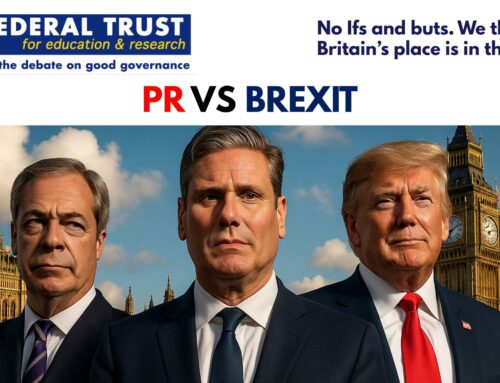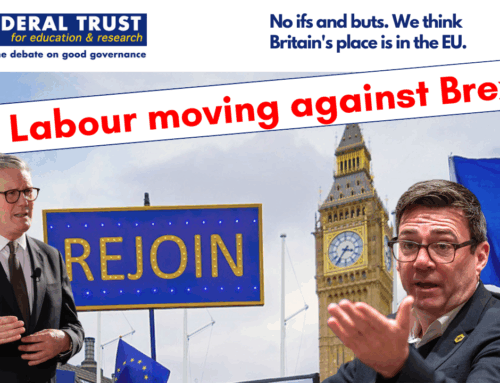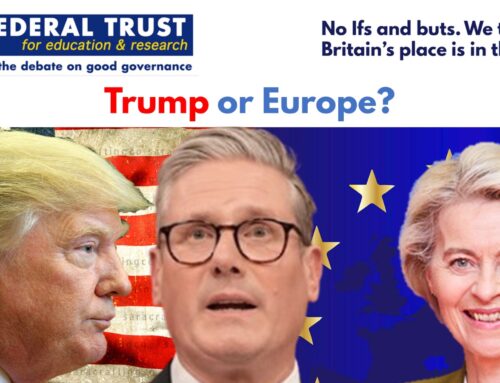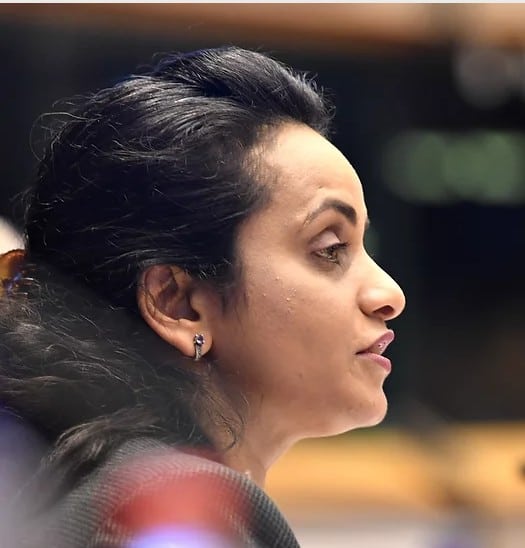 by Anila Noor, Founding Director, New Women Connectors
by Anila Noor, Founding Director, New Women Connectors
and
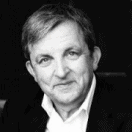 Roger Casale, Founder, Secretary General & CEO, New Europeans
Roger Casale, Founder, Secretary General & CEO, New Europeans
Reproduced with kind permission from Voxeurop
We have the historian Ferdinand Braudel to thank for the expression “la longue durée”. Braudel’s approach focuses on long-term, structural changes in society, rather than the short-term focus of the chronicler or the journalist.
The UN statement about International Migrants Day 2020 (18 December) begins with these words: “Throughout human history, migration has been a courageous expression of the individual’s will to overcome adversity and live a better life.” So why not take the occasion of this Migrants Day to step back and look at the issue of migration in Europe, taking the perspective of “la longue durée”?
What would it tell us not just about newcomers to Europe today, but also about Europeans who have lived here for decades or perhaps even for centuries? Can such an approach help us deconstruct the “othering” that leads to prejudice, discrimination, inequality and the immiseration of migrant communities?
What new insights can the long-term perspective give us about where we came from, what we are becoming, who we are – in short about what Europe is made of?
David Abulafia’s “The Great Sea” traces the contours of migration in Europe through the centuries. It is, as he puts it, “a history of the Mediterranean rather than the lands around it… of people who crossed the sea and lived by its shores”. Writing in the Financial Times, Sebastian Sebag Montefiore, said of the book: “Over the course of its 800 pages.. we watch cities rise and fall and see peoples migrate in triumph and tragedy. But at its heart, this is a history of mankind.”
And that surely is the point about migration both into and out of Europe, in the past, now and in the future – it is a story, a human story, a story about ourselves.
In 2020, as the UN statement goes on to say, “globalization, together with advances in communications and transportation, has greatly increased the number of people, who have the desire and the capacity to move to other places”. What has not changed, is that stories about migration are tales about people, including the people who made Europe and continue to make Europe today.
That is why there is unlikely to be a technical or political fix to the issues and challenges thrown up by migration into Europe in our time, any more than such solutions could have worked at any time in the past.
The new Migration and Asylum Pact announced by the European Union in September represents a highly articulated tool box of policy instruments but fails to address the underlying drivers of migration. These drivers include the dreams and experiences of each individual who leaves their home for a better life in Europe and they lie deep inside the human heart.
Not a race apart
Migrants are too often seen as the “object” of migration policy, rather than the “subjects” of stories about migration. So it is hardly surprising that in the public narrative they are too often portrayed as a ‘race apart’.
What can be done to change this? Part of the answer has to do with the fact that too often migrants do not seem to have a voice. We talk a lot about migration in Europe but rarely do we invite migrants to be part of the conversation. We decide what is good for migrants without asking migrants themselves about their needs.
This denial of a voice exacerbates the other barriers many migrants face – language, cultural and educational differences, economic and financial insecurity and lack of rights such as the right to participate, to tell their story, to be heard.
It opens the door to right-wing populists and extremists. They play on the fear of migration rather than direct experience of migrant communities, often mixing a phony religious affiliation with racist undertones. And it works.
In fact, all of us have multiple identities and belong to many different groups which can often but do not always overlap. As individuals, we have different talents and expectations, different backgrounds, experiences and qualifications.
Yet when we start talking about migration there is an implicit assumption that overshadows that understanding. As soon as we learn that someone is a migrant, for example a refugee, we start to see them in a typical way. We start to project certain characteristics. Characteristics which the person may or may not have.
When we do this, we stop seeing migrants as individuals, as real people. It is as if we were looking at newcomers through a Perspex wall, at times opaque, at times clear but never allowing us to reach out and touch the reality on the other side.
Perhaps the biggest barriers facing migrants today is not their perceived vulnerability, but rather the limits in the minds of so many of us in the host communities. Limits to our imagination, to our understanding and to our ambition.
In a joint report with Oxfam, the European Coalition (Chapter of the Global Refugee Led Network), New Women Connectors found that “Migrants often felt stigmatised in daily life activities, even going to a café or a store. In particular, women said they felt they suffered from negative responses to their visual appearance and their clothing.”
The report stressed that “knowledge gaps and exclusionary perceptions exist in local communities, not just in the newcomer”. It urged municipal authorities to support opportunities for engagement between newcomers and their communities – frameworks for interaction between newcomers and local people.
We don’t know how
The limits to integration lie in the capacity of the host community, just as much as they do in the attitudes, behaviour and life experiences of migrants themselves. These limits are clearly visible in the way many governments and institutions approach migration, including the issue of asylum.
There are 34 million people currently living in the EU who were born outside the EU. Most live in a way that is indistinguishable from the Europeans who were born here. Many have naturalised. Some have even made it into government. How is Europe to progress, if we persist in viewing newcomers into Europe as “a problem” to be “dealt with”? Who are policy-makers addressing when they make speeches about how newcomers must adapt to the ‘European way of life’ or explaining that there are “rights” as well as “responsibilities”. Is this satire?
Newcomers know about responsibilities. Not all of them know they have rights, that they have a voice and that each voice should be heard. Unless we change this, how will newcomers feel welcome and develop a sense of belonging? Where will be the pathways to equal opportunity, advancement and participation?
For example, at the Reimagine Conference organised by New Women Connectors, and the Center for Migration, Gender and Justice in September 2020, the focus was on how to make the EU Gender Strategy (2020-25) more inclusive.
Gender equality means equality for everyone. The critical question is how we re-think migration through a gender lens . Do policy-makers know how to open the door to these new narratives? Or is it migrant women themselves who hold the key?
It is time to stop treating migrants and refugees in Europe as if they were children growing up in the 1950s. Migrants need to be seen and have a right to be heard.
Next steps
As the UN statement recognises, migration on the scale we are experiencing it today creates challenges as well as opportunities for the international community.
The scale of global migration flows does not absolve us of our legal obligations. We cannot start pushing refugees back from our shores or leave migrants to drown at sea. Instead, we need to create safe and legal routes for refugees.
Dialogue and collaboration is needed between societies just as much as it is within them. We all learn from one another. With this grows an awareness that meeting global and local challenges peacefully means standing and working together.
A paradigm shift will come when we recognise that newcomers bring new insights, new knowledge, new perspectives. Given the challenges we face in Europe today, we should welcome this with open hearts, open minds and open arms.
Migrants are part of the solution to the challenges we face, not part of the problem. When you next come across a person from outside the EU, why not ask them how they’re doing? You might be surprised by what they have to say.


